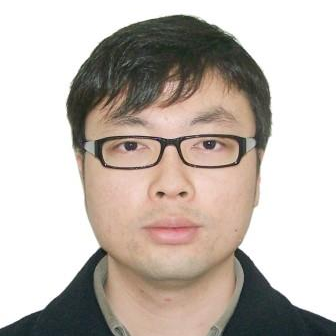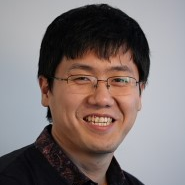Signal Processing for Next-Generation Optical Communications and Networks
A special issue of Sensors (ISSN 1424-8220). This special issue belongs to the section "Communications".
Deadline for manuscript submissions: 31 August 2024 | Viewed by 3053
Special Issue Editors
Interests: optical signal processing; photonic neural networks; satellite communication
Special Issues, Collections and Topics in MDPI journals
Interests: optical communications; Raman amplification
Special Issues, Collections and Topics in MDPI journals
Interests: optical communications; intelligent signal processing; optoelectronics
Special Issues, Collections and Topics in MDPI journals
Special Issue Information
Dear Colleagues,
Over 95% of the current estimated digital data traffic is carried over optical communication networks, forming a substantial part of the national and international telecommunication infrastructure. Transmission impairments have significantly limited the performance and information rates of optical communication networks, and they appear to be more significant for systems with higher symbol rates, larger transmission bandwidths, closer channel spacing, and higher-order modulation formats. Intelligent digital signal processing and advanced optical signal processing techniques have been investigated and developed to mitigate transmission distortions in optical links and transceivers. This Special Issue aims to collect original research and review articles on recent advances, technologies, and novel applications in the field of digital and optical signal processing techniques in optical communication systems and networks.
Potential topics include, but are not limited to:
- Optical communication systems and networks;
- Free-space optical and visible-light communications;
- Distributed and lumped optical amplifications;
- Intelligent digital signal processing;
- Advanced optical signal processing;
- Machine leaning and neural networks.
Dr. Feng Wen
Dr. Mingming Tan
Dr. Tianhua Xu
Dr. Bo Tan
Guest Editors
Manuscript Submission Information
Manuscripts should be submitted online at www.mdpi.com by registering and logging in to this website. Once you are registered, click here to go to the submission form. Manuscripts can be submitted until the deadline. All submissions that pass pre-check are peer-reviewed. Accepted papers will be published continuously in the journal (as soon as accepted) and will be listed together on the special issue website. Research articles, review articles as well as short communications are invited. For planned papers, a title and short abstract (about 100 words) can be sent to the Editorial Office for announcement on this website.
Submitted manuscripts should not have been published previously, nor be under consideration for publication elsewhere (except conference proceedings papers). All manuscripts are thoroughly refereed through a single-blind peer-review process. A guide for authors and other relevant information for submission of manuscripts is available on the Instructions for Authors page. Sensors is an international peer-reviewed open access semimonthly journal published by MDPI.
Please visit the Instructions for Authors page before submitting a manuscript. The Article Processing Charge (APC) for publication in this open access journal is 2600 CHF (Swiss Francs). Submitted papers should be well formatted and use good English. Authors may use MDPI's English editing service prior to publication or during author revisions.
Keywords
- optical communication systems
- optical communication networks
- free-space optical communications
- visible-light communications
- optical signal processing
- digital signal processing
- machine learning
- neural networks








